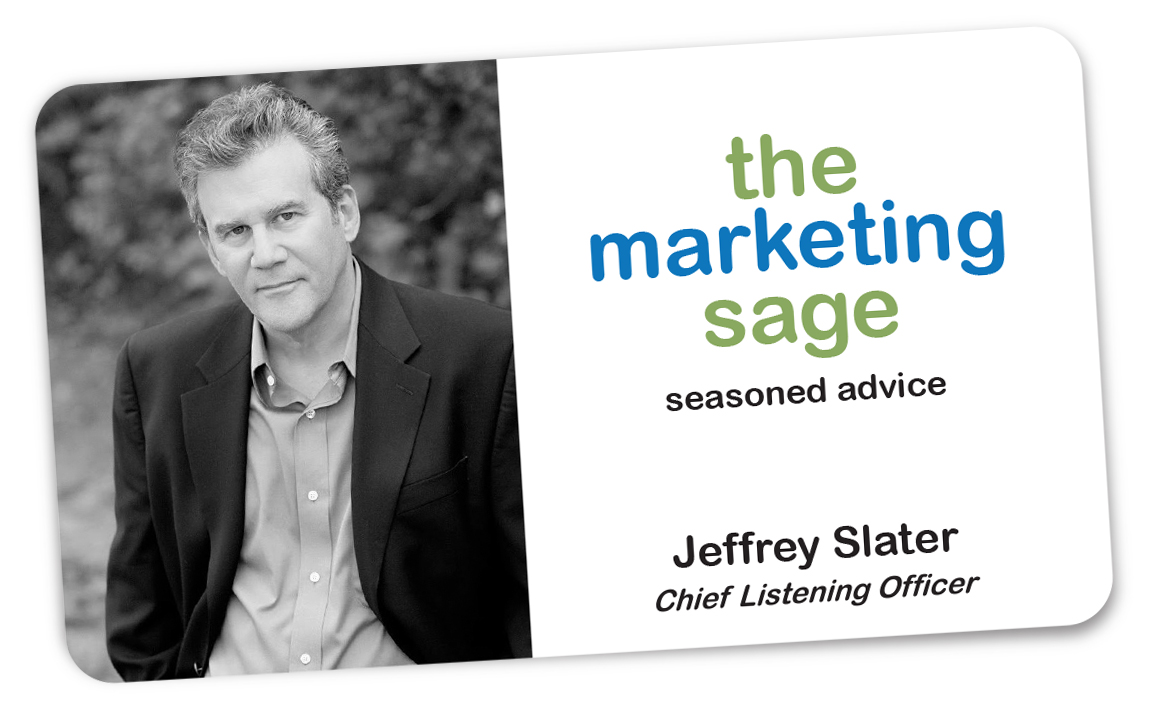When working on strategic planning with my clients, scenario planning can be a powerful tool to help them see the future. You don’t need a crystal ball or to hold a seance. The key is noticing what’s happening in small chunks right in front of your eyes.
Many years ago, the New York Times realized that some consumers preferred to read their newspaper online instead of in print. They imagined what the world would be like if the overwhelming majority of readers read a digital instead of a physical copy of the paper. So, they used scenario planning and started placing small bets on what was right in front of their eyes.
Scenario planning can help a business create a range of relevant stories about the future, making decision-making more effective. Scenario planning was developed in the 1950s and first used by Shell Oil to integrate changes and uncertainties in their marketplace. By asking “what if” questions, they started to imagine different future scenarios.
Today scenario planning ranks among the top ten management tools in the world in terms of usage and strategic planning.
Scenarios are complex, dynamic, interactive stories told from a future perspective. To develop valuable scenarios, you need a rich understanding of your industry along with broad knowledge of the diverse political, economic, social, and technology trends that are most likely to affect your future.
The essence of the work is envisioning four distinct views of the future. An example always helps.
Jeff’s Gluten-Free Wholesale Bakery Business
Let’s say you own a medium-sized wholesale bakery business focused on selling a line of gluten-free baked goods like muffins, bread, and cakes. Today you only sell to larger grocery stores that merchandise your product in the freezer case.
But what does the future hold for gluten-free baked goods in the only channel you sell today?
Scenario planning asks you to develop four visions of the future, including a short-hand, clever name that summarizes each concept. Think a few years out – not just next year. It helps to focus on one target issue like – in this example, what is the future of our product category in traditional retail?
Four Possible Scenarios
- BIG BOY SQUEEZE: Major food companies get into this space and crowd out smaller, niche, and regional players like you.
- CARBS GO SOUTH: Demand wanes for carbs – even those that are gluten-free, and your products become out of favor. Sales decline rapidly.
- TOO PRICY: You can’t make money through conventional retail because although you have raised your prices, selling in grocery stores is too expensive for your business. You can no longer make a profit in this channel of distribution.
- CAPITAL QUEST: Growth explodes, and you expand to more markets, but your ability to finance the growth is stretched thin. Where will the capital come from?
Scenario Planning – A Creative Process
Scenario planning is a creative process, much like writing a film script with a plot that starts with today’s realities but imagines tomorrow’s ending. The object is to create various plausible futures and analyze how your company would fare under each of them.
Scenario planning is used to assess the risk associated with a critical decision being considered. It helps to plot these scenarios along an X and Y axis so you can see how different choices align or are opposites, demanding additional investments and decisions.
The six steps in formulating a scenario plan are the following:
- Choose the target issue, scope, and time frame that the scenario will explore
- Brainstorm a set of key drivers and decision factors that influence the scenario
- Define the two dimensions of most significant uncertainty
- Detail the four quadrants of the scenarios with stories about that future
- Identify indicators that could signal which scenario is unfolding
- Assess the strategic implications of each scenario.
Considering the distillation of issues and drivers, select two dimensions of change that will serve as your scenario-planning matrix’s two dimensions. You must be able to describe the dimensions as high and low at each extreme.
Deloitte and Scenario Planning Around the Pandemic
Deloitte issues a helpful report on scenario planning around the pandemic topic. They created their four scenarios and plotted them on an X and Y-axis. They were examining the impact of the pandemic on small and mid-sized companies. Their report helps provide more insight into how scenario planning can help you make sound strategic decisions.
Each scenario was created into a theme with a name and implications of each future vision.
Deloitte’s pandemic analysis reveals five fundamental uncertainties:
1. The overall severity of the pandemic and pattern of disease progression
2. The level of collaboration within and between countries
3. The health care system response to the crisis
4. The economic consequences of the crisis
5. The level of social cohesion in response to the crisis
From this broader list it distills the two critical uncertainties that will drive the overall impact of COVID-19 as the severity of the pandemic and the level of collaboration, allowing them to map the scenarios:
Is Scenario Planning Right for Your Business?
One of the key benefits of this exercise is getting your team outside of their day-to-day work and getting them focusing on what’s ahead. When you get your team together to consider what the future might hold, it can help you plan, create some experiments, and ask vitally important what-if questions.
Scenario planning can help show you the possible pathways to the future.
Need help to see the future through scenario planning.
I can help. You can set up a time to chat with me about your marketing challenges using my calendar. Email me jeffslater@themarketingsage.com Call me. 919 720 0995. The conversation is free, and we can explore if working together makes sense. Watch a short video about working with me.
Photo by ERROR 420 ? on Unsplash
Charts courtesy of Deloitte. All rights reserved.








This is great. Thanks, Jeff. You’ve definitely gotten me thinking!
Michelle,
Scenario planning is a great tool to help companies focus on what changes might already be occurring and a great way to make some assumption about what’s next. – Jeff